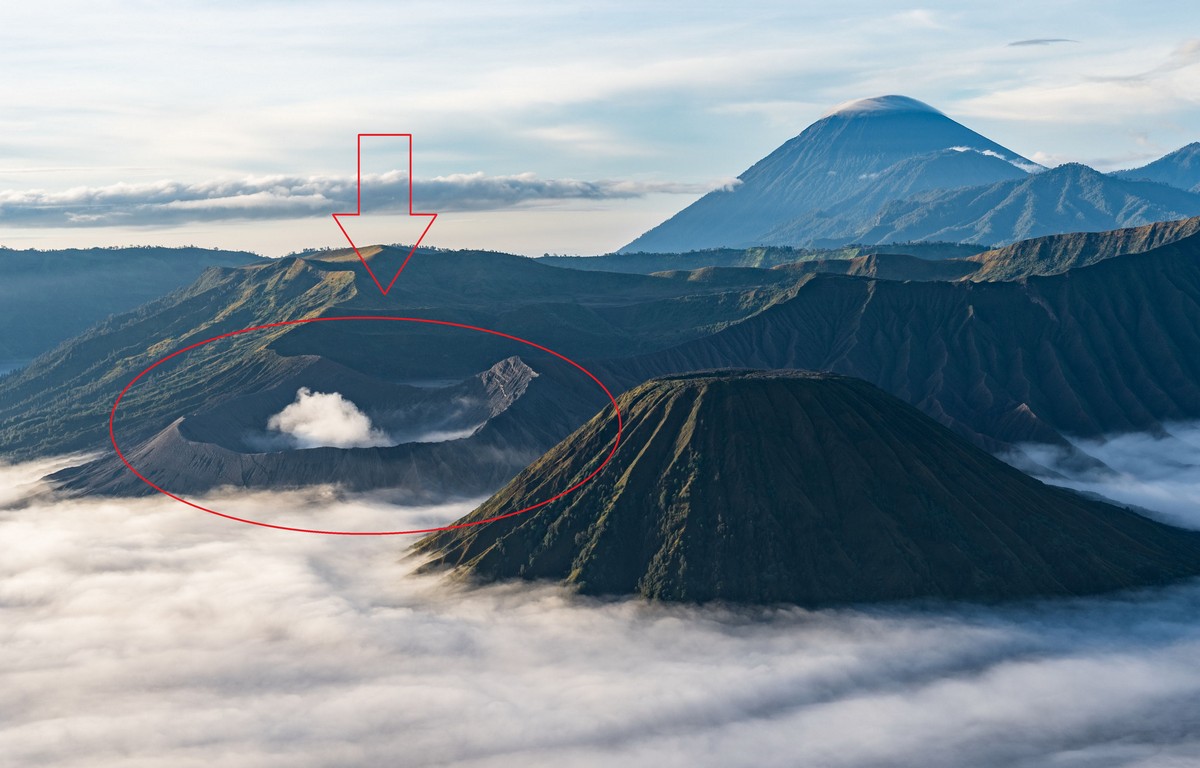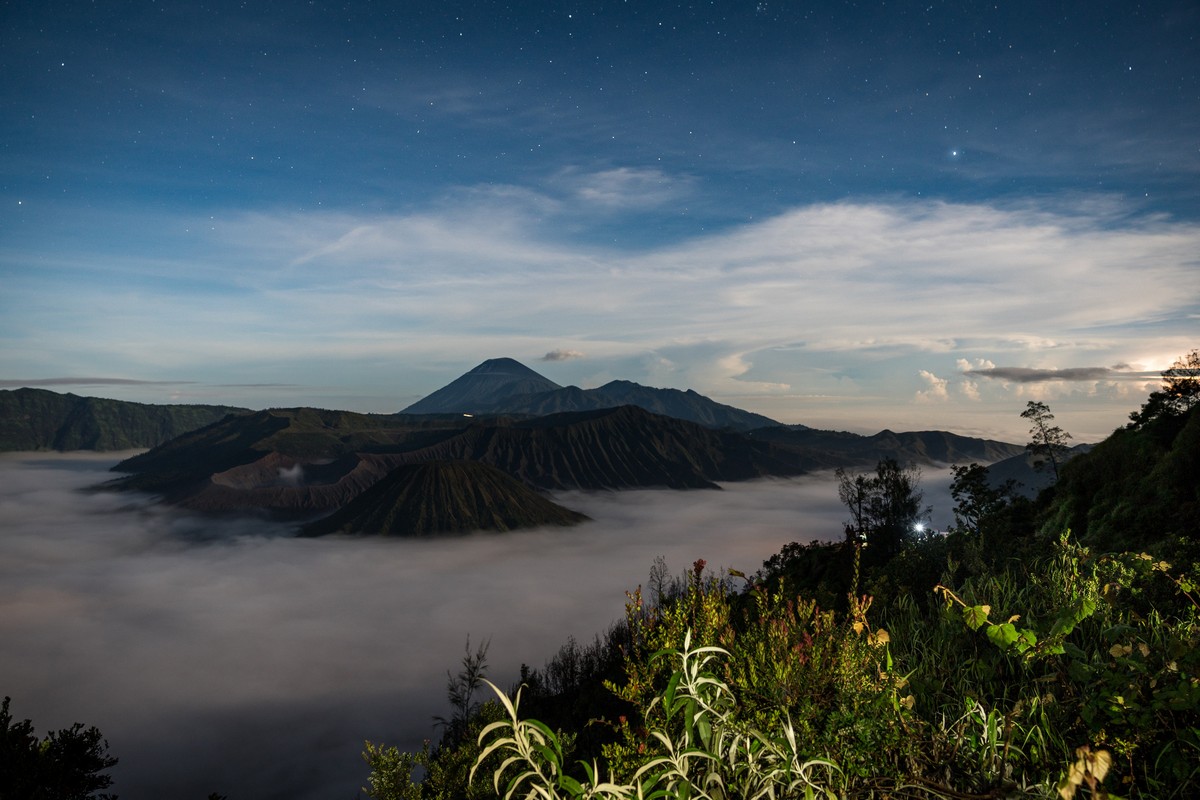Hi folks!
Acclimatization completed, it’s time to finally get stuck into Indonesia’s volcanism, of which there’s rather a lot – as in: hundreds of volcanoes!
Indonesia could be described as simply a huge collection of volcanoes, many of which regularly erupt, many of which are extremely (symmetrically) beautiful, aka – must-see!
Some sources say there are around 300 volcanoes, some – around 400, others – around 500! That’s quite a margin of error! But it’s to be expected: they’re difficult to count. Example: a volcanic mass with three or four distinct conical peaks: does that count as one, or three/four?
‘Active’ volcanoes are counted separately, but again there are differences in the totals as there’s no fixed definition of an active volcano. Anyway, in Indonesia there are around 75 to 130, depending on the source on the internet you look up.
Whichever total you take, there’s no denying Indonesia is one seriously volcanic country. But then, of course it is: Indonesia is a segment of the islands (and peninsula) that help make up the Ring of Fire (together with its volcanic siblings like Japan, Kamchatka, the Kurils, New Zealand, etc.)
But enough of volcanic theory; time for some actual volcanic experience. All righty: in at the deep end – Mount Merapi: the most active volcano of Indonesia…
Read on…







![YOU CAN NEVER GET TOO MANY AWARDS. SEE 1ST COMMENT FOR ENGLISH ⏩
"А из нашего окна страна Австрия видна!" - практически (с). Но в этих австриях я был не смотреть из окна, а по многочисленным деловым делам, первое из которых - лично получить несколько важных наград и множество сертификатов от независимой тестовой лаборатории AV-Comparatives.
Это далеко не первая наша награда. Скажу больше - на протяжении последних десяти лет по результатам независимых тестов к нам даже близко ни один конкурент не подобрался. Но почему тогда такое внимание конкретно к этой победе? Ответ простой: густопопсовый геополитизм. В наше весьма геополитически [очень мягко говоря] непростое время... Ну, если отбросить все казённые слова, то будет, как в известном анекдоте про поручика Ржевского. В той самой истории, когда ему указали повторить свою фразу без матерщины. На что тот ответил: "Ну, в таком случае я просто молчал".
Так вот, в наше "поручико-ржевско-молчаливое время" участвовать и получить первые места в европейских тестах - это за пределами научной и ненаучной фантастики. Что в целом совпадает с одной из основных парадигм моей жизни: "Мы делаем невозможное. Возможное сделают и без нас" (с). Большими трудами и непомерными усилиями - да! Это можно! Мы заделали такие продукты, такие технологии, такую компанию - что даже в непростое время нас и в Европах знают, уважают, любят и пользуются. Ура!](https://scontent-iad3-2.cdninstagram.com/v/t51.29350-15/430076034_1096357205018744_692310533755868388_n.heic?stp=dst-jpg&_nc_cat=103&ccb=1-7&_nc_sid=18de74&_nc_ohc=XLII-tX29aoAX80SM4u&_nc_ht=scontent-iad3-2.cdninstagram.com&edm=ANo9K5cEAAAA&oh=00_AfBINCtkZ3-r_aTvdSC36JELI05V6PuBnMWs672PK3GsBQ&oe=65E63D48)











































